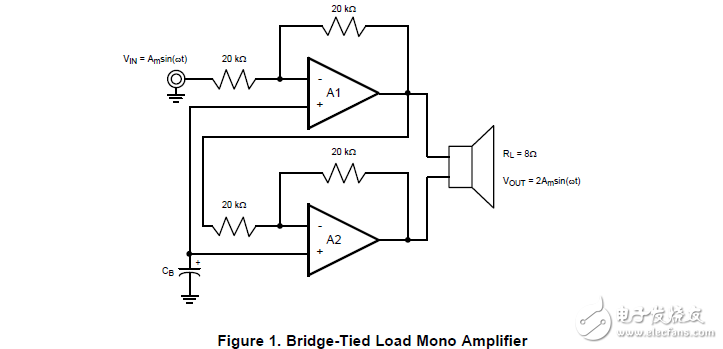
资料下载

AN-1496噪音,TDMA噪声抑制技术
Noise and TDMA Noise
Following is a brief summary of different kinds of noise afflicting electronic circuits.
• Thermal Noise (or Johnson Noise or White Noise) is directly related to temperature manifested by thethermal agitation of electrons in resistors. In the case of loudspeakers and microphones, the source ofnoise is the thermal motion of the air molecules2.
• Shot Noise is generated due to random fluctuation in te number of charged carriers when emitted froma surface or diffused from a junction. This noise is always associated with a direct current flow,independent of temperature, and is present in bipolar transistors2.
• Flicker Noise (or 1/f Noise or Pink Noise) is caused mainly by traps associated with contamination andcrystal defects. These traps capture and release carriers in a random fashion and the time constants associated with the process give rise to a noise signal with energy concentrated at low frequencies3.
• Burst Noise (Popcorn Noise) is generated by the presence of heavy metal ion contamination and is found in some integrated circuits and discrete transistors. With some bipolar integrated circuits, the popcorn noise was a result of too much doping of the emitter. Reducing the doping level made it possible to eliminate the popcorn noise test completely. This is another type of low-frequency noise3.
• Avalanche Noise is a form of noise produced by Zener or avalanche breakdown in a pn junction. In avalanche breakdown, holes and electrons in the depletion region of a reverse-biased pn junction acquire sufficient energy to create hole-electron pairs by colliding with silicon atoms3.
• TDMA Noise (“buzz”) in GSM mobile phones is generated from a 217Hz waveform which produces an audible noise when coupled into the audio path and conducts to the speaker, earpiece, or microphone4. Further details of this type of noise will follow. Before delving into solutions that minimize the problem TDMA Noise customers have encountered while driving mono speakers in their GSM phone designs, some background describing the operations of a bridge-tied load (BTL) mono amplifier will be reviewed. In the following applicable figures, all resistors are of equal value, R (Figure 1).

声明:本文内容及配图由入驻作者撰写或者入驻合作网站授权转载。文章观点仅代表作者本人,不代表电子发烧友网立场。文章及其配图仅供工程师学习之用,如有内容侵权或者其他违规问题,请联系本站处理。 举报投诉
- 相关下载
- 相关文章





